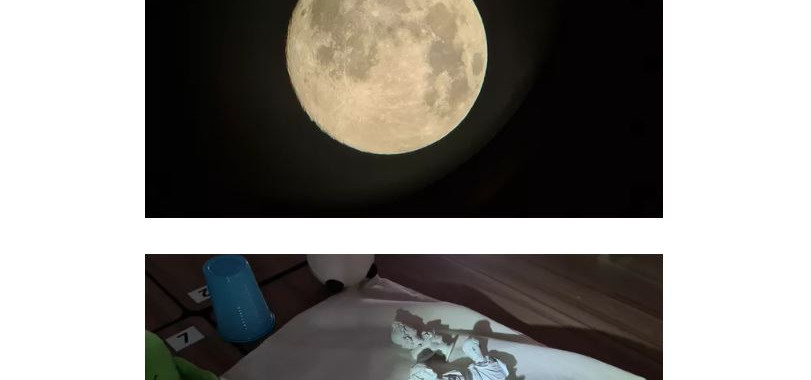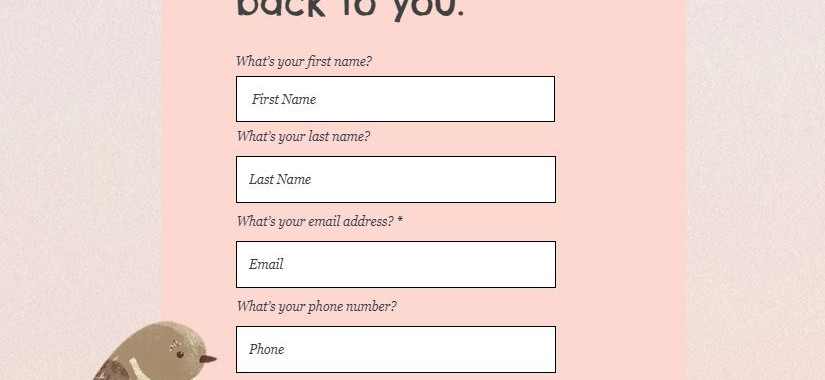Art Preneurship - Suits 12 years old and above
Creative Visual Art Project
Duration: 10 sessions at 2 hrs per session Period: Week of 28th July 2021 to the week of 29th September 2021
Learning Points:
• Triptych Art Concept
• Art, Time & Relativity
• Triptych Artists with focus on Francis Bacon
• Acrylic on canvas painting techniques
In 2013, British painter Francis Bacon's 1969 triptych "Three Panels of Lucian Freud" was sold for a record break of $142.4 million dollars at Christie's New York. His art became the world most expensive work of art ever sold at auction: https://youtu.be/k-LuQ12sqgQ
The word 'Triptych' comes from the Greek word ‘triptykhos’, which translates to mean ‘three-layered’. The idea of three pieces creating layers and adding depth to a single artwork is central to some of the most famous and enduring triptychs throughout the history of art.
The power of triptych art lies in its ability to work as a coherent piece, as well as three separate works of art. One reason the triptych is generally more popular than, say a diptych (formed of two parts) or a quadriptych (formed of four parts) is the power of the number three. From its religious symbolism, to its ability to aptly contain the beginning, middle and end of a plot, three pieces can work to accommodate a number of motifs, from balance and pattern to story and meaning.
This Art Preneurship project will be leading Artistori young artists to conceptualize time and relativity into fine art...
Existing Art Preneurship students, join
Instructions on Projects (Challenges) for Certification purposes:
Keen to sign up?
Please visit https://www.artistori.com/art-preneurship
Resumption of Physical Classes
Account, Communication & Payment Matters
We constantly seek to improve and do better, with strong belief that art education is beneficial for everyone including adults. Even if art is not part of your academic aim, art improves any individual’s perspective, character, and well-being.
We will still need to adhere to the new norm of life, measures and precautions that ensures our hygiene...
Thank you!
Yours Sincerely,
Vernon Chen
Art is a journey, it never stops.
Website: http://www.artistori.com
Facebook: http://www.facebook.com/artistori
Instagram: https://www.instagram.com/artistori_school
意言社 Artistori
用艺术表达语言,让语言丰富艺术
Your Story, Your Art














































































































































